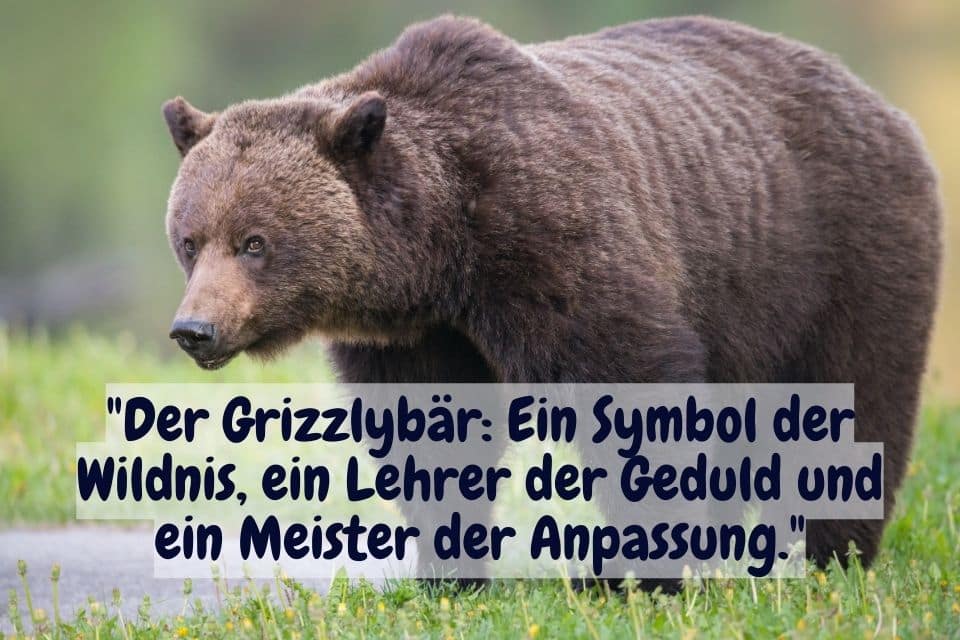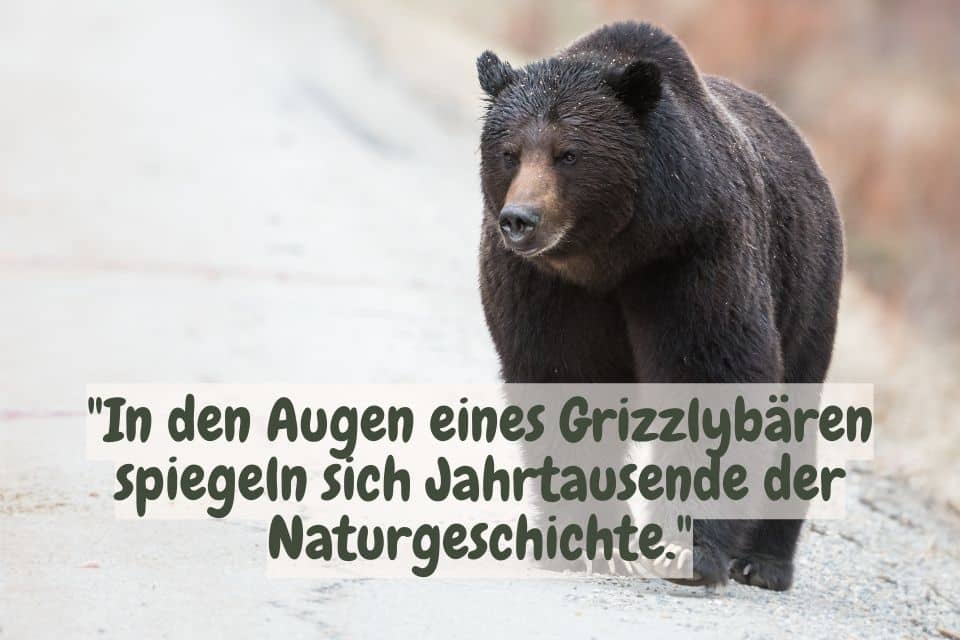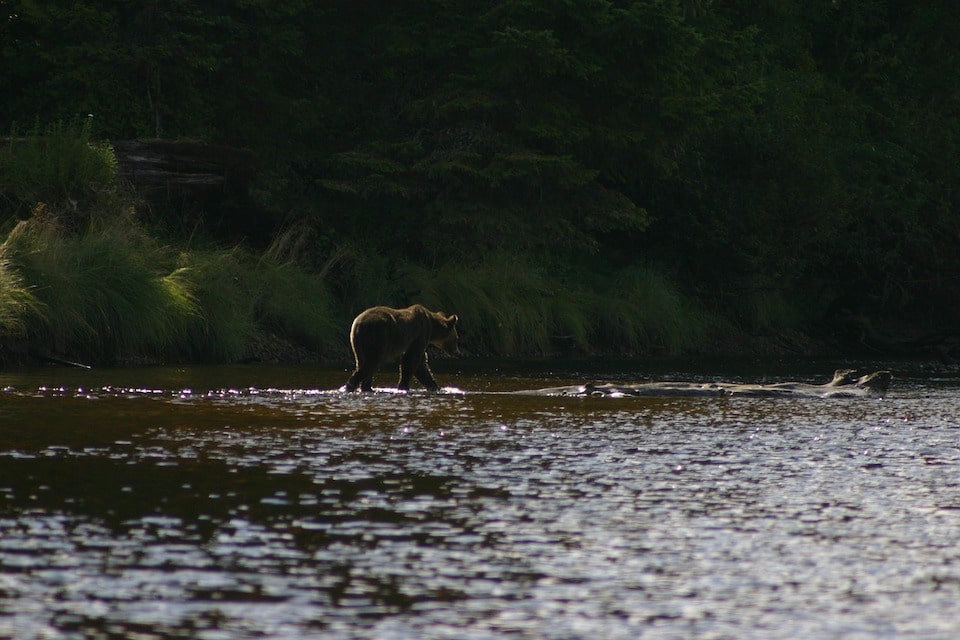Last updated on January 7, 2024 by Roger Kaufman
The majestic legacy of grizzly bears: ecology, behavior and conservation measures
Natural event grizzly bears – Grizzly bears are a fascinating species that are primarily found in North America.
They are a subspecies of brown bear and are known for their impressive size and strength.
Grizzly bears can grow up to 2,5 meters tall and weigh up to 410 kilograms, with male bears generally being larger and heavier than females.

This Bears are omnivorous, meaning they feed on both plants and animals.
Their diet includes fruits, nuts, leaves, roots, fish and small to medium sized mammals.
They are also known to catch salmon from rivers in certain areas, often shown in nature documentaries.
Grizzly bears have a distinct annual cycle. In the Winter They retreat into caves to overwinter.
During this time, they enter hibernation, where their body temperature and metabolic rate decrease, but not as much as other hibernators.
Before hibernation, they eat in large quantities to build up fat reserves, which they use during hibernation live obtained.
A notable feature of grizzly bears is their social structure. They are predominantly solitary animals, except for mothers with their young and pairs during the mating season.
The females are particularly caring mothers who look after their young for up to two years and protect them from danger.
Unfortunately, grizzly bears are extinct or critically endangered in many parts of their native range.
Their threat arises mainly from loss of habitat and confrontation with People, particularly in areas where they access human food and waste.
Hungry grizzly bears | Natural event grizzly bears
Natural event grizzly bears - The bears are eagerly waiting for the salmon that return to their place of birth in the mountain streams from the Pacific.
Wisdom from the Wild: Ten inspiring grizzly bear sayings about nature and life
“In the heart of the wilderness beats the heart of the grizzly bear – powerful, calm and unwavering.”
“The silence of the forest is the language of the grizzly bears; they speak in footprints and in the rustling of leaves.”
“Respect the grizzly bear not only for its strength, but also for its role as a guardian of the ecosystem.”
“Thousands of years of natural history are reflected in the eyes of a grizzly bear.”
“The Grizzly Bear: A Symbol of the Wilderness, a Teacher of Patience and a master of adaptation.”

“Like the grizzly bear, we should learn to be in harmony with that Nature to live and honor them.”
“Encounters with a grizzly bear remind us that we are not the sole rulers of this earth.”
“In the roar of the grizzly bear you can hear the echo of untouched landscapes.”
“A forest without grizzly bears is like a sky without stars – incomplete and inexplicably empty.”
“The path of the grizzly bear teaches us humility before nature and respect for life in all its forms.”
Grizzly Bear FAQ
What are grizzly bears?
Grizzly bears are a subspecies of brown bears that occur primarily in North America. They are known for their size, strength and distinctive brown fur color.
Where do grizzly bears live?
Grizzly bears live primarily in remote areas of North America, including Alaska, Canada and parts of the northwestern United States.
What do grizzly bears feed on?
Grizzly bears are omnivores. Their diet consists of plants, fruits, nuts, insects, fish and small to medium-sized mammals.
Are grizzly bears dangerous?
Grizzly bears can be dangerous, especially when they feel threatened or are protecting their cubs. Encounters with humans should be avoided and grizzly bears should always be treated with respect.
How big and heavy can grizzly bears get?
Grizzly bears can grow up to 2,5 meters long and weigh up to 410 kilograms, with male bears generally being larger than females.
How do grizzly bears behave in winter?
During the winter, grizzly bears retreat to dens and enter hibernation, during which their body temperature and metabolic rate decrease.
How long do grizzly bears live?
In the wild, grizzly bears can live 20 to 25 years. In captivity they can sometimes even get older.
Are grizzly bears endangered animals?
In some regions, grizzly bears are listed as an endangered species due to habitat loss and human-bear conflict.
How do grizzly bears communicate?
Grizzly bears communicate through body language, vocalizations, and scent markings. They are territorial animals and use these forms of communication to communicate their presence to other bears.
How do grizzly bears reproduce?
Grizzly bears mate in the spring, and females typically give birth to 6-8 cubs after a gestation period of about 1-3 months, which they then care for for up to two years.








